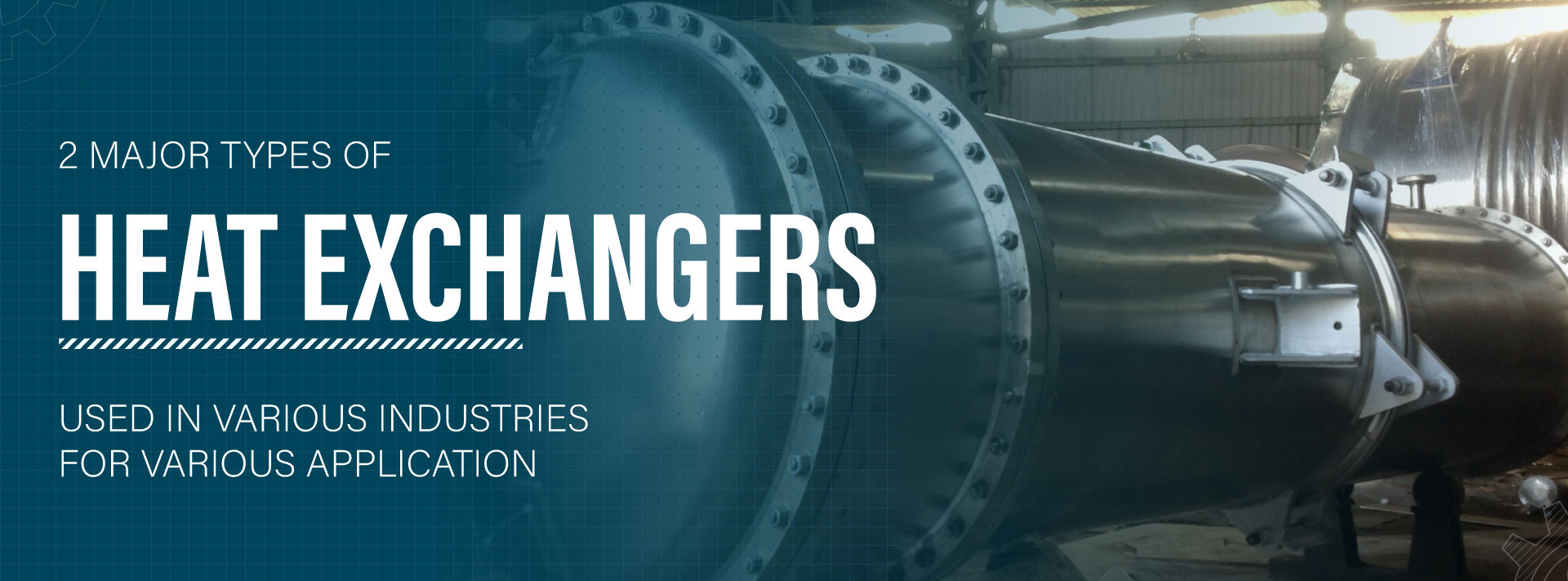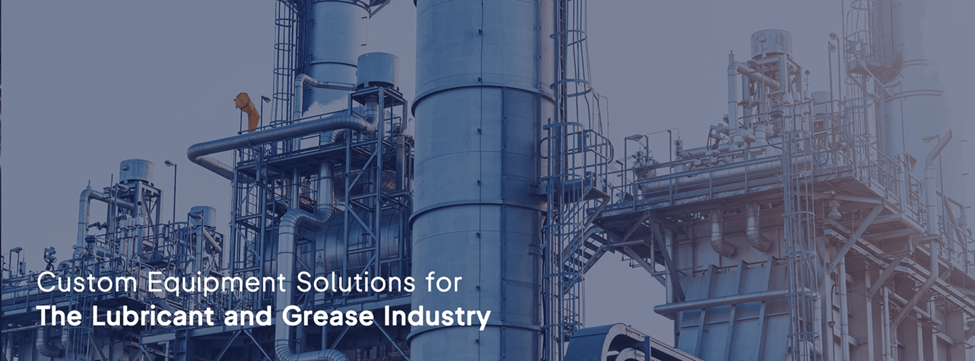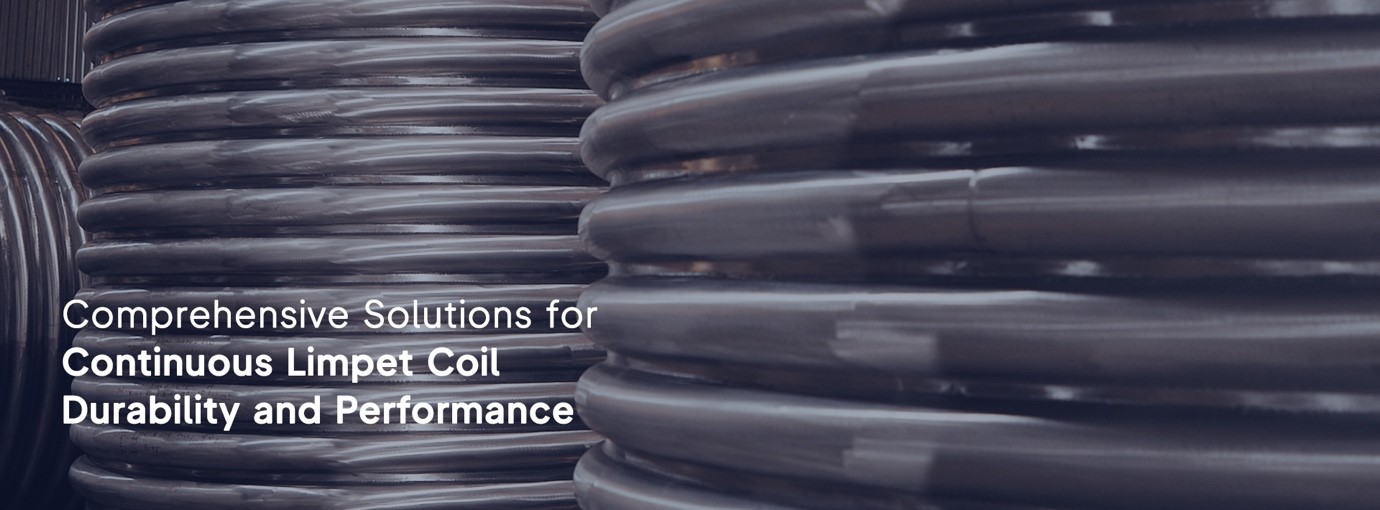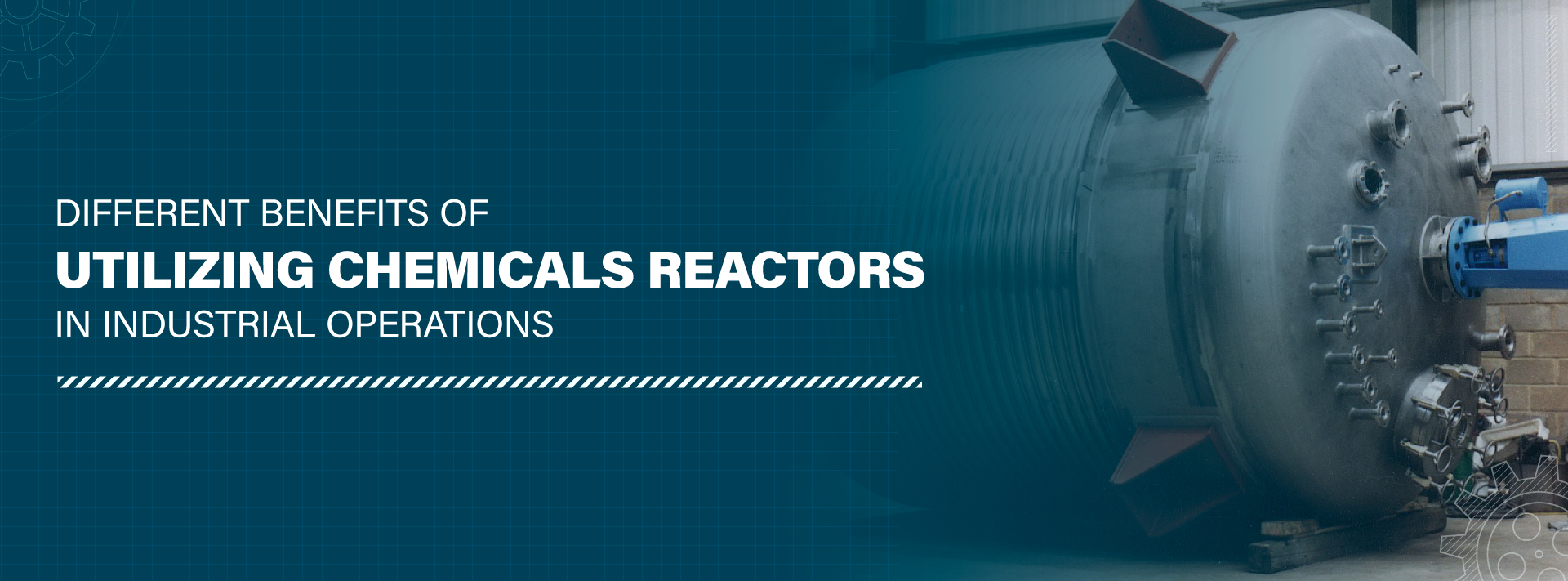Maintainance of industrial equipment like heat exchanger involves lots of mechanical cleaning constraints requiring them to simple to clean. Stalwart International provides its expertise in modified heat exchangers by developing cost-effective and reliable products. Each of their products obeys the present food processing standards that are in force.
Heat exchangers used in various industries for various applications
Shell and tube heat exchanger: These heat exchangers are manufactured and designed to meet various energy requirements with the heavy duty of more than 70 MW.
Benefits of shell and tube heat exchanger:
- The shell and tube heat exchanger manufacturers in India ensure to develop a customized product as per your requirement.
- They provide complex applications: rare materials, high pressures.
- The experienced manufacturers are recognized by integrators.
- They have the necessary international quality certifications.
- The manufacturers know well about multi-tubes and bi-tubes exchangers and Shell and Twist tubular heat exchangers.
The manufacturers offer tubular heat solutions according to various types of operating conditions. There are heat exchangers that are about 3 meters long, under pressure or vacuum about 400 bar, produced from various materials like titanium, copper alloys, stainless steel, etc.
Standard or specific range tube exchangers
- Straight tube or U-tubes in shell
- Shell and Twist, corrugated and Bare tubes. In such a case, it is possible to have a counterflow heat exchanger.
- Double or simple tubular plates
- Removable or fixed bundles
Exchanger reconditioning
- Wound Coils
- Finned tube sets
- Replacement of bundles as per to models or drawings
- On-site or in the workshop
Electric heaters
- Without or with controls
- For gas
- For liquid
Corrugated tube heat exchanger:
Corrugations are developed by denting the tube beside the length in the helical pattern by utilizing a special purpose appliance developed for corrugation of pipe without the development of stresses or thinning of the wall in the tube.
The optimal height of the indentation and helical design of the corrugations results in a two-regime movement in the tube side liquid- eddies at periphery and spiral at core developing turbulence at a reduced velocity of fluid causing in greater heat transfer coefficient.
Must Read: Factors to Consider While Choosing a Heat Exchanger
What is new in the market?
- Improved and new corrugation model for condensers that result in a high heat transfer coefficient.
- Economical and compact design and therefore high savings.
- Manufacture capacity in all unusual materials such as Super Duplex Steels, Tantalum, Titanium, Hastelloy, etc.
Benefits of corrugated tube heat exchangers:
Dropwise condensation that results in better condensation matched to thin film development in plain tubes.
It provides a network to the condensate sheet developed on the tube’s surface. It always offers a new and fresh surface for fumes to condense.
Turbulent flow within the corrugated tubes because of its helical indentation.
It helps in more operative agitation and mixing resulting in an extraordinary heat transfer coefficient.
Because of flow, even temperature distribution maintained and New layers get in touch with the boundary of the tube.
Higher periphery turbulence would not permit the deferred solid particle to settle in tubes. Thus, it offers a self-cleaning effect that consequences in reduced fouling which makes sure longer running time.





